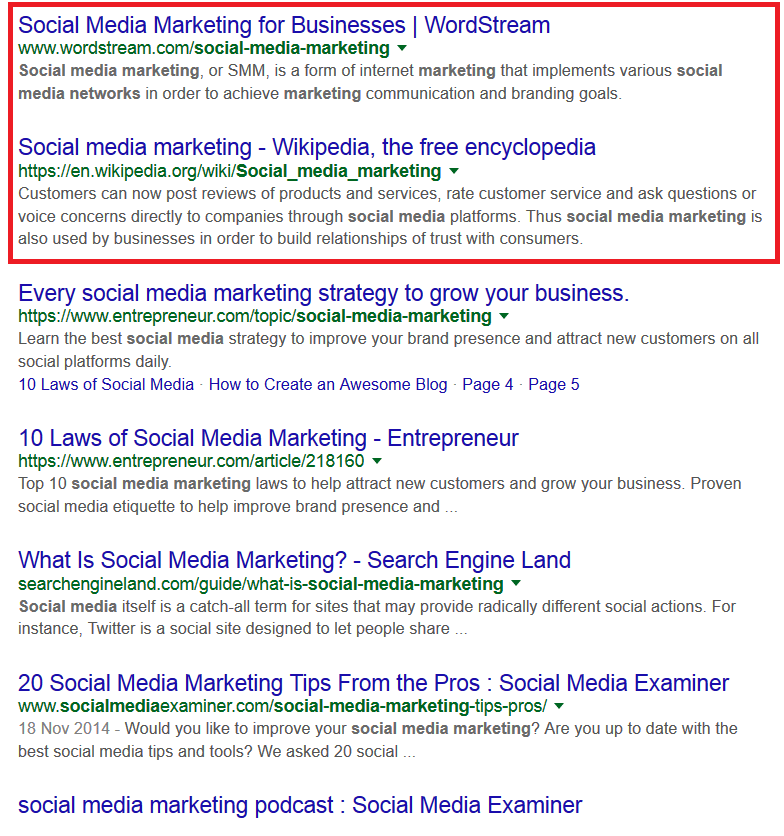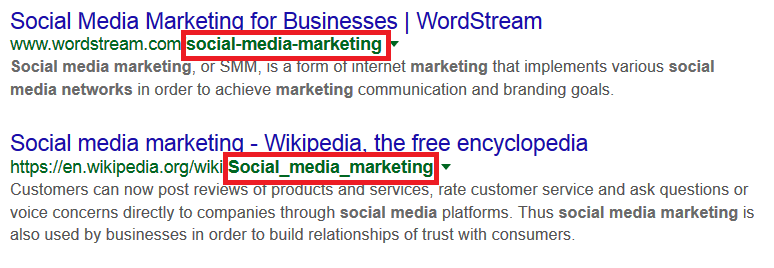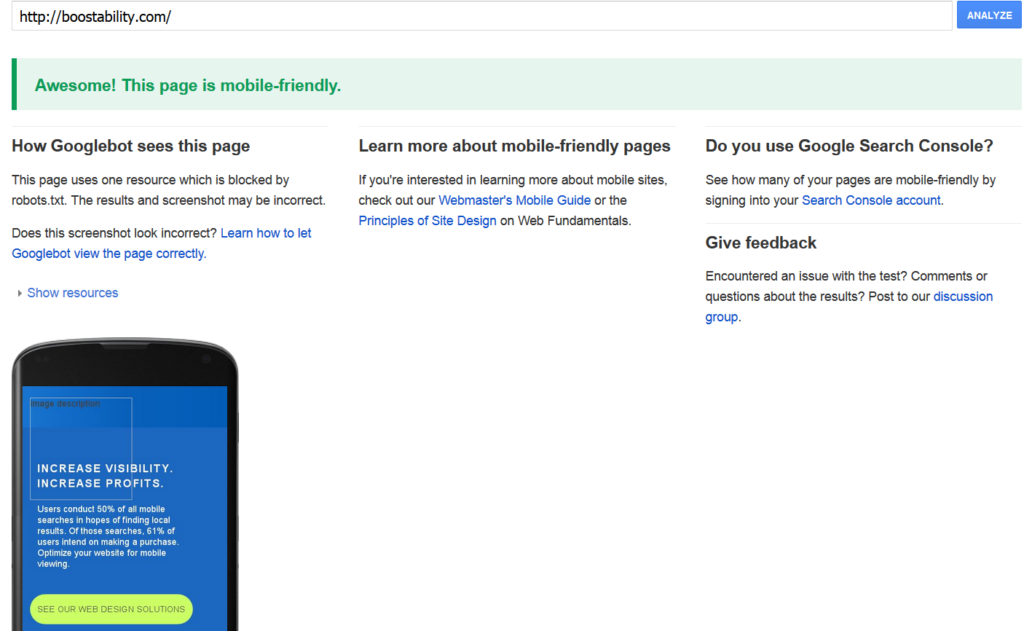Top 5 Ranking Factors For Optimizing On-Site Content

On-site optimization (also known as on-page optimization) is the process of making pages on your website search engine friendly. The more optimized they are, the higher they will rank on search engines, and the more traffic your website will generate.
The problem is there are dozens upon dozens of on-page factors to optimize your website for SEO, with some having more weight in the search engine algorithm than others.
Which ones should you follow and which ones should you ignore?
In this article, I cut through the noise and list the top 5 on-site optimization factors to rank your website in search engines.
1. Title tags and URL must contain a keyword
On-site optimization is typically built around a keyword.
Each page should have its own keyword.
The keyword should appear at the start of the page title and be the only word in the URL slug.
To provide you with a real life example, I searched social media marketing on Google and here’s what came up:

Notice how the 1st and 2nd place listing both have the keyword social media marketing at the start of their title and is the only word in their URL slug:

If I go further down the rankings I start to see pages that are less optimized using longer URL slugs which don’t look aesthetically pleasing and titles that don’t start with the keyword:

Start every title with your selected keyword and limit your URL slug to the keyword you’re targeting.
2. Titles should be heading 1 tags
Every webpage has heading tags from H1-H6. Of all tags the heading 1 (H1) tag is the most important for SEO.
The H1 tag must be at the top of your webpage, only be used once, and contain your keyword. Most WordPress themes will automatically place your title as the H1 tag by default so you may not have to worry about it.
To find out if your theme does this, view your website’s source code, do a control+find and search for “<h1>” to see whether the title of your page is H1 or not.
If it turns out your title is not a H1 tag then you’ll have to contact the person who looks after your website to make these changes. It shouldn’t take them more than a few minutes.
3. Pages must contain all types of media
With my own set of niche websites I’ve found that mixed multimedia makes a huge impact to on-site SEO.
Not only do they keep users on the site for longer (they reduce bounce which is another factor of SEO), but search engines also consider pages with multimedia content to be of higher quality than pages just containing text.
You can take multimedia content one step further by using Google Map locations or slideshows if applicable to your page’s content. From my own personal experience Google Maps and YouTube videos (both Google owned) work amazingly well.
4. Mobile-friendly website
Maybe this should have been at the top of the article, as an unresponsive website can see your website rank several pages lower on mobile devices. In April 2015 Google adjusted the way it indexed websites on mobile searchers based on how mobile-friendly a website was.
If your site is not mobile friendly, expect to lose about 30-40% of traffic to competitors right away. To learn whether your website is mobile-friendly or not, use the free Google Mobile-friendly Test.

If your site failed the test, by rectifying the problem you can see an almost instant uptick in website traffic once Google re-crawls your website.
5. Long-form content
The goal of a search engine is to provide the searcher with the best search listings possible based on their query. They want to rank the best content at the top, and the worst content at the bottom.
Generally speaking, the more words on a page about a specific topic, the more value it can contain. This may not always be the case, but this is why inspecting keyword intent is so important. If Google (or other search engines) are ranking pages with long-form content, then a 350 word article will not compete. On the flip side, if the SERPs (search engine results pages) show pages with thin content, then a long-form article may be too redundant for the topic. Long-form content offers the ability to dive in-depth on a topic and cover a lot of ground by answering questions thoroughly and providing value to the reader that shorter content may not be able to.
The most important thing to focus on is creating value through informative content, not content that meets a specific word count. Always prioritize user experience and value over the technical elements.
Summary
The great thing about the five tips I’ve listed above is you can apply them all to your current pages as well as new ones. If you’ve failed to implement any of the tips on your website so far, you can go back and improve them right away and expect to see a increase in traffic after a few weeks.
Just be careful when changing your pages’ URL slugs, if you change URLs please use 301 redirects so anyone clicking on your old links will be sent to your new links. Failing to do this will result in two pages with duplicate content or 404 errors which aren’t good for SEO.
